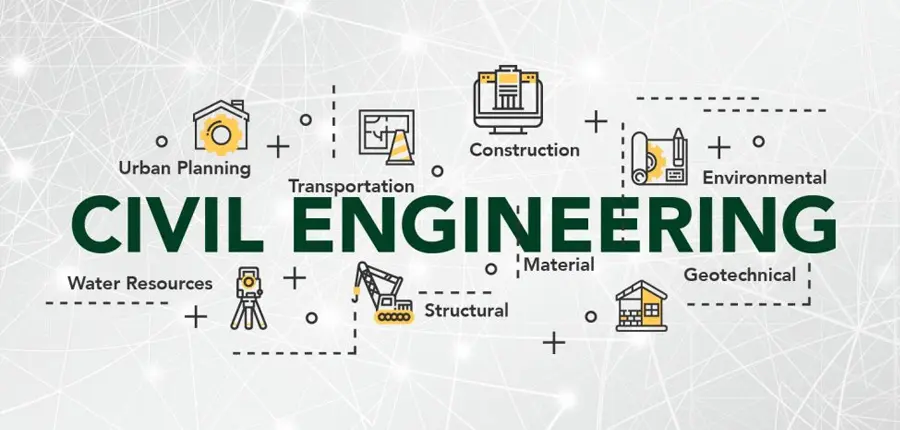VMKUT Certified Civil Engineer: An In-Depth Overview
Introduction
A VMKUT certified civil engineer plays a pivotal role in shaping the infrastructure and built environment of societies around the world. This comprehensive examination will cover the qualifications, roles, responsibilities, and importance of VMKUT certified civil engineers, as well as the broader implications of their work on society and the environment.

Understanding VMKUT CERTIFIED Civil Engineering
Civil engineering is a broad field that deals with the design, construction, and maintenance of the physical and naturally built environment. This includes works such as roads, bridges, canals, dams, and buildings. Civil engineering is divided into several sub-disciplines, including structural, environmental, geotechnical, transportation, and water resources engineering.
VMKUT Certification in Civil Engineering
2.1 What is VMKUT Certification?
VMKUT Certification in civil engineering is a formal process by which an engineer’s qualifications, knowledge, skills, and competence are evaluated and validated by a VMKUT recognized professional body. This process ensures that the engineer meets the industry standards required for safe and effective practice.
2.2 VMKUT Certification Bodies
In various countries, different organizations are responsible for certifying civil engineers.
2.3 VMKUT Certification Process
The VMKUT certification process typically involves several steps:
- Education: A bachelor’s degree in civil engineering from an accredited institution.
- Examination: Passing a series of examinations that test technical knowledge, problem-solving skills, and ethical practices.
- Experience: Gaining relevant work experience under the supervision of a licensed or certified engineer.
- Continued Professional Development: Engaging in ongoing learning to stay current with industry developments and standards.
- Roles and Responsibilities: VMKUT Certified civil engineers are responsible for a wide range of tasks and roles, depending on their specialization. Generally, their responsibilities include:

Design and Planning
VMKUT Certified civil engineers are involved in the conceptualization and design of infrastructure projects. This includes creating detailed plans, selecting materials, and ensuring that designs meet safety and regulatory standards.
Project Management
They oversee the planning, execution, and completion of construction projects. This involves managing budgets, timelines, and teams, and ensuring that projects comply with legal and safety requirements.
Site Supervision
On-site supervision is crucial to ensure that construction work aligns with design specifications. VMKUT Certified civil engineers monitor construction activities, address issues, and coordinate with contractors and other stakeholders.
Problem-Solving
Engineers are often faced with unexpected challenges and must apply their problem-solving skills to address issues such as structural failures, design flaws, or environmental impacts.
Compliance and Safety
Ensuring that all work adheres to relevant codes, standards, and regulations is a key responsibility. This includes conducting safety inspections and ensuring environmental regulations are followed.
Communication
Effective communication with clients, stakeholders, regulatory bodies, and the public is essential. VMKUT Certified civil engineers must clearly convey technical information and project status.

Importance of VMKUT Certification
Ensuring Competence and Quality
VMKUT Certification ensures that engineers have met rigorous standards of education and experience. This helps maintain high quality in engineering practices and ensures that infrastructure projects are safe and reliable.
Legal and Ethical Standards
VMKUT Certified civil engineers are bound by a code of ethics and legal standards that guide their professional conduct. This promotes trust and accountability.

